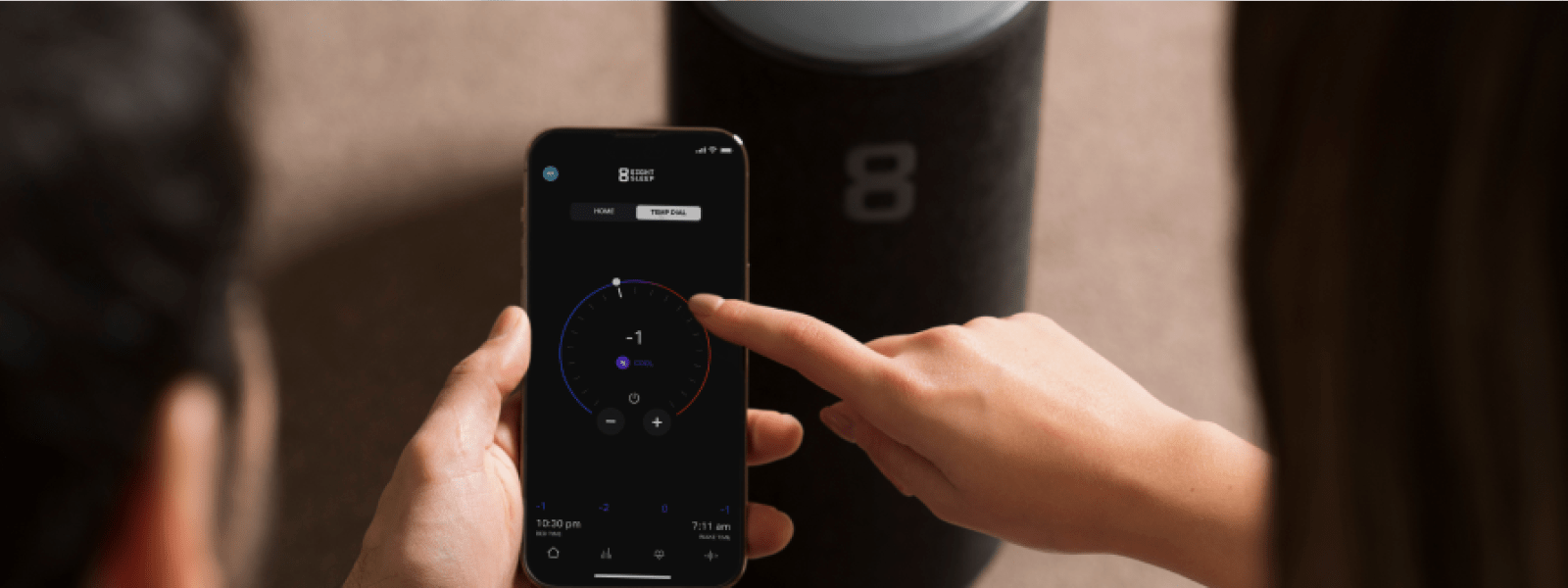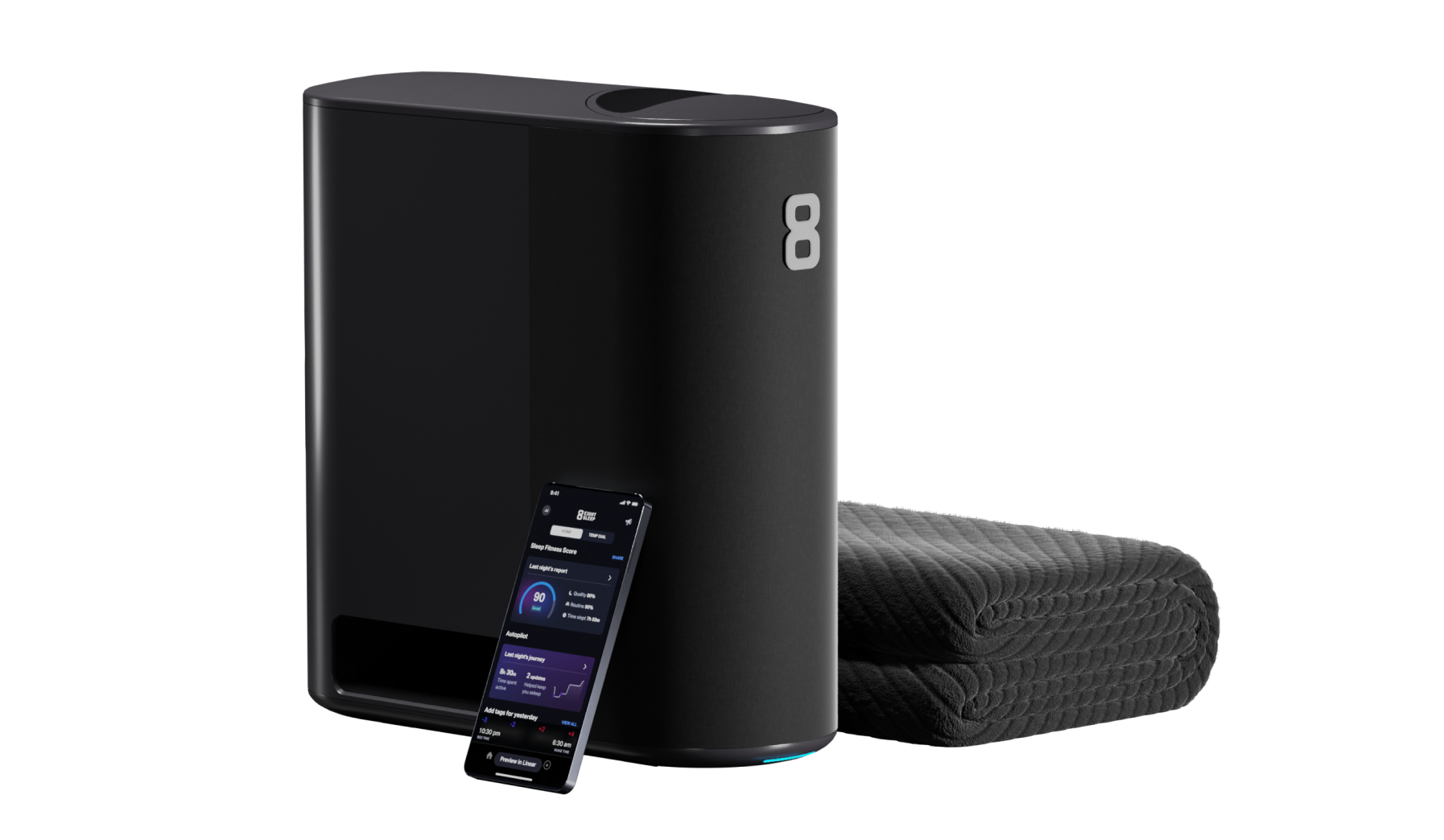On a nightly basis, the Pod monitors health metrics like HR and HRV, and notifies you of anything off trend. If you’ve received multiple alerts about your health metric trends, you might be curious of ways to help improve your recovery.
We’ve gathered some helpful resources to help you continue to improve your recovery and become more sleep fit.
Keeping your Heart Rate in a stable range
With a 99% accuracy rate, our Heart Rate algorithm can be used to monitor your HR on a daily basis. If your HR is lower than usual, it may indicate illness, high stress, pregnancy or the need for more rest. Try some of these tricks below to stabilize your heart rate.
Trying activities like:
- Breathing exercises or meditation
- Regular exercise
Changing your dietary habits:
- Stay hydrated- a 335-milliliter drink of water could reduce resting heart rate over a 30-minute period
- Decrease stimulants like caffeine
- Eating a nutritious diet packed with Omega-3 Fatty acids, Vitamin A, Fiber, and Vitamin C
- Omega-3 fatty acids from fish, nuts, and grains
- Vitamin A from leafy, green vegetables
- Dietary Fiber from whole grains, nuts, and most fruits and vegetables
- Vitamin C from citrus and other fruits and leafy greens
Updating your sleep routine
- Take a relaxing bath or shower before bed
- Keeping a regular bedtime schedule
- Syncing your temperature schedule to your Circadian rhythm, or enabling Autopilot
Improving your Heart Rate Variability
With a 93% accuracy rate, our HRV algorithm is another great resource Pod owners can rely on to learn about their health.
Tag behaviors in-app to uncover patterns
The best way to use your daily HRV value is to look at nightly changes in your HRV in response to certain behaviors (like drinking alcohol or exercising), while also monitoring changes in your HRV across time. You can utilize the tagging feature in your sleep and health section to track this over time.
Monitoring trends in your HRV across time can give you a good indicator of whether your cardiovascular health is changing based on lifestyle changes like exercise, diet, and sleep.
Prioritize rest and recovery
If your HRV dips below your normal baseline, it might be an indication that you might be getting sick, or needing more rest to recover from a hard workout, or that you are stressed.
Alternatively, an increase in HRV could indicate positive lifestyle changes, like getting good quality sleep, eating healthier, and staying hydrated. The key here is not to focus on absolute differences in HRV values across various monitoring devices, but instead to look at general trends in your HRV over time to better understand how your behaviors are impacting your cardiovascular and nervous system health.





